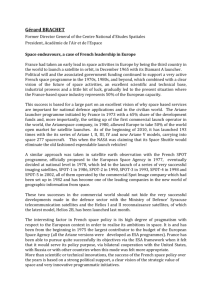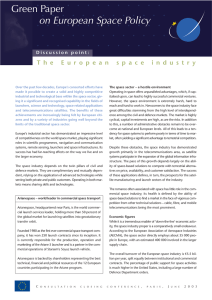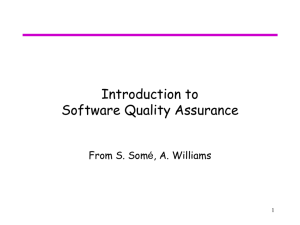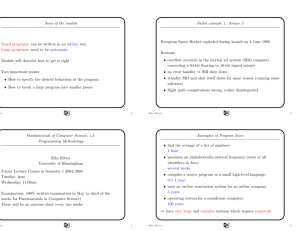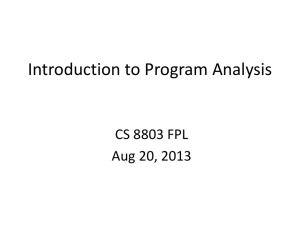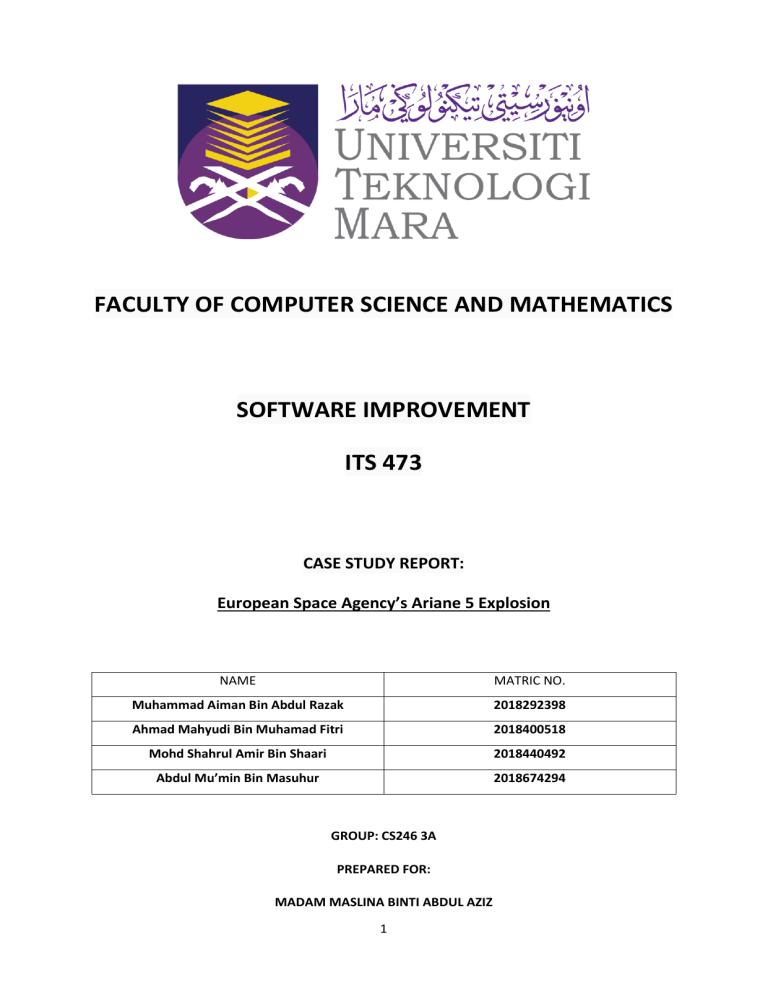
FACULTY OF COMPUTER SCIENCE AND MATHEMATICS SOFTWARE IMPROVEMENT ITS 473 CASE STUDY REPORT: European Space Agency’s Ariane 5 Explosion NAME MATRIC NO. Muhammad Aiman Bin Abdul Razak 2018292398 Ahmad Mahyudi Bin Muhamad Fitri 2018400518 Mohd Shahrul Amir Bin Shaari 2018440492 Abdul Mu’min Bin Masuhur 2018674294 GROUP: CS246 3A PREPARED FOR: MADAM MASLINA BINTI ABDUL AZIZ 1 Table Content 1. Introduction 3 2. Overview 4 3. Aftermath 6 4. Cause of Failure 7 5. Effects on Environment 9 6. Involvement 10 7. Lesson Learnt and Prevention 11 8. References 12 2 1. Introduction Arianespace’s Ariane 5 is the world reference for heavy-lift launchers, able to carry payloads weighing more than 10 metric tons to geostationary transfer orbit (GTO) and over 20 metric tons into low-Earth orbit (LEO) – with a high degree of accuracy mission after mission. This performance ensures that Ariane 5 will be able to loft the heaviest spacecraft either in production or on the drawing boards, and enables Arianespace to match up most telecommunications satellites for highly efficient dual launches – a capability that has been proven by the company in Ariane-series missions since the 1980s. An Ariane 5 rocket preparing for launch 3 2. Overview On 4 June 1996, the maiden flight of the Ariane 5 launcher ended in a failure. Only about 40 seconds after initiation of the flight sequence, at an altitude of about 3700 m, the launcher veered off its flight path, broke up and exploded. Ariane 5 was developed by European Space Agency (ESA) that took around 10 years of research and $7 billion on budget. Ariane 5 rockets are manufactured under the authority of the European Space Agency (ESA) and the French spatial agency Centre National d'Etudes Spatiales (CNES). The rockets are launched by Arianespace from the Guiana Space Centre in French Guiana. 4 The rocket was carrying 4 satellites to launch into Orbit in order to study Earth’s magnesphere. 5 3. Aftermath Following the failure, four replacement Cluster II satellites were built. These were launched in pairs aboard Soyuz-U/Fregat rockets in 2000. The launch failure brought the high risks associated with complex computing systems to the attention of the general public, politicians, and executives, resulting in increased support for research on ensuring the reliability of safety-critical systems. The subsequent automated analysis of the Ariane code (written in Ada) was the first example of largescale static code analysis by abstract interpretation. The failure also harmed the excellent success record of the European Space Agency's rocket family, set by the high success rate of the Ariane 4 model. It was not until 2007 that Ariane 5 launches were recognised as being as reliable as those of the predecessor model. Recovered support strut of the satellite structure 6 4. Cause Of Failure The Ariane 5, in contrast to the previous model had a fundamentally different scenario of pre-flight actions — so different that the work of the fateful software module after the launch time made no sense at all. However, the module was used again without any modifications. This confidence was supported by the evaluations, showing that the expected range of physical parameters that was taken as the basis for the determination of the values of the mentioned variables can never lead to an undesirable situation. And it was true — but for the trajectory evaluated for Ariane 4. The new generation Ariane 5 rocket launched on an entirely different trajectory, for which no evaluations were carried out. Meanwhile, it turned out that the “horizontal velocity” (together with the initial acceleration) exceeded the estimated (for Ariane 4) more than five times. 7 Report by the ESA on the cause of rocket failure After the incident, many were criticizing the Ada programming language for being primarily responsible for the Operand error. A “language war” broke out between supporters – and gurus – of Ada and Eiffel. 8 5. Effects on Environment The shuttle was unmanned resulted in no loss of life and hence no legal actions were taken against anyone according to official records. Another issue that followed the accident, an ethical one, was the environmental damage. ESA had well formed plans for such a case. The combustion gases from the solid boosters during the atmospheric flight consist of hydrochloric oxide, aluminium oxide, carbon monoxide and carbon dioxide. The results showed that a hydrochloric acid and aluminium oxide fallout occured within a 500m radius of the launch pad. No gaseous pollution at ground level was detected by any of the measuring instruments outside the launch area. The helicopter monitoring the gases from the explosion after three hours reported that the gases were moved several kilometres off coase and were dissipating gradually. 9 6. Involvement The National Centre for Space Studies (CNES) is the French government space agency (administratively, a "public administration with industrial and commercial purpose"). • Helped in developing the Ariane 5 • In charge of investigating the causes of the explosion • The chairman sets up an independent Inquiry Board and nominated the members to investigate the tragedy specifications. The European Space Agency (ESA) is an intergovernmental organisation of 22 member states[6] dedicated to the exploration of space. • Approves the budgets • Oversees project progress • Monitor costs on completion • Manages schedules 10 7. Lesson Learnt and Prevention Don’t run software in critical systems unless it is actually needed. As well as testing for what the system should do, you may also have to test for what the system should not do. Do not have a default exception handling response which is system shut-down in systems that have no fail-safe state. Lessons learned In critical computations, always return best effort values even if the absolutely correct values cannot be computed. Wherever possible, use real equipment and not simulations. Improve the review process to include external participants and review all assumptions made in the code. The design and code of all software should be reviewed for problems during the development process. 11 8. References Prof. J. L. LIONS (19 July 1996). ARIANE 5, FLIGHT 501 FAILURE from http://wwwusers.math.umn.edu/~arnold/disasters/ariane5rep.html Jamie Lynch (7th September 2017). The Worst Computer Bugs in History: The Ariane 5 Disaster from https://blog.bugsnag.com/bug-day-ariane-5-disaster/ Edwin McDowell (5 May 1987). European Failure Leave Space Effort Mired in Frustation from The New York Times https://www.nytimes.com/1987/05/05/science/european-failures-leave-spaceeffort-mired-in-frustration.html European Space Agency, Office of the Director General, “Inquiry Board Report: Ariane 5 Flight 501 Failure”, Paris, France, July 19, 1996. http://sunnyday.mit.edu/nasa-class/Ariane5-report.html 12
